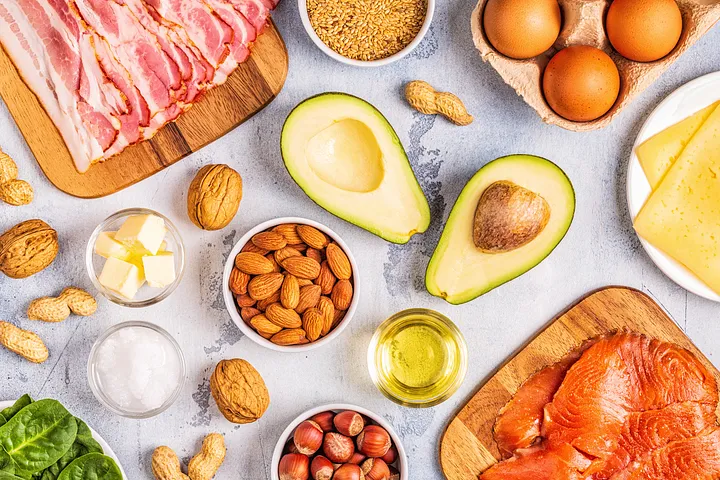Peace be upon you and welcome to Mend Human.
For years, Low-Density Lipoprotein (LDL) has been labeled as the villain in heart disease. Commonly known as “bad cholesterol,” LDL has long been thought to clog arteries and lead to heart attacks. But is LDL really the enemy, or are we missing the bigger picture? As a cardiologist, nutritionist, and personal trainer, I’ve taken a deeper look into the role of LDL and its connection to heart health, and the findings may surprise you.
In this article, we will explore:
- The different types of LDL
- How saturated fats interact with LDL
- Why focusing on simple markers like LDL can be misleading
And we’ll discuss if LDL truly deserves its bad reputation.
The Different Faces of LDL
Not all LDL is created equal. LDL can come in different sizes, and this matters a lot when it comes to heart disease risk. The type of LDL most associated with heart disease is called “small, dense LDL.” This form of LDL can sneak into the arterial walls, promoting inflammation, and attracting immune cells that turn into foam cells, contributing to plaque buildup.
But here’s the kicker: large, buoyant LDL is actually far less harmful and does not cause the same damage to arteries. Studies show that saturated fats tend to raise large, buoyant LDL, not the harmful small, dense type. So when people consume saturated fats like those found in natural foods, it’s possible that they’re not increasing their risk for heart disease as previously thought.
The Role of Fats: More Complex Than We Think
We often hear that consuming dietary fats raises cholesterol levels, but the story is far more nuanced. In fact, saturated fats, when consumed without simple carbohydrates, don’t seem to have the dangerous effects that many claim. The problem arises when fats are consumed alongside simple carbs like in a typical cheeseburger meal. Here, the combination of simple carbs and fats can increase the formation of small dense LDL, which is where the trouble begins.
When we digest fats, they are broken down by bile salts and enzymes in the small intestine, transported into the bloodstream through chylomicrons, and eventually reach the liver. From there, fats are processed and circulated. But what happens when you throw simple carbs into the mix? They increase insulin, which in turn increases the production of small dense LDL, sneaking into arteries and setting off an immune response.
The Real Danger: Inflammation, Not Just Cholesterol
It’s important to note that cholesterol itself is not the problem — it’s what triggers inflammation. Inflammation is the root cause of cardiovascular disease, and it is often driven by poor lifestyle choices, including processed foods, lack of exercise, and metabolic dysfunction.
Instead of focusing solely on LDL levels, other markers like the triglyceride/HDL ratio and ApoB levels offer more insight into heart disease risk. These markers give us a better picture of metabolic health, and they show that managing insulin resistance, reducing inflammation, and leading an active lifestyle are far more important than just managing LDL.
The Verdict: LDL, Friend or Foe?
So, is LDL really our enemy? The answer depends on context. LDL itself is not harmful, but when paired with poor lifestyle choices, particularly the consumption of simple carbs and inflammatory foods, it can turn dangerous. Instead of demonizing LDL, we need to focus on improving metabolic health, reducing inflammation, and leading an overall healthy lifestyle.
I encourage you to dive deeper into this topic by checking out my YouTube video on the truth about LDL, where I discuss in more detail how different fats interact with LDL, the role of inflammation, and whether or not statins should be the first line of defense against heart disease.
Watch the full video here: https://youtu.be/11xnLfZrz08?si=-kd89Np9LHkLHMef
Stay healthy and remember to mend your health before it’s too late.

Leave a Reply